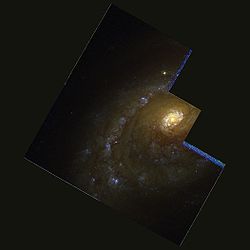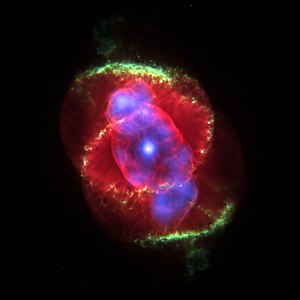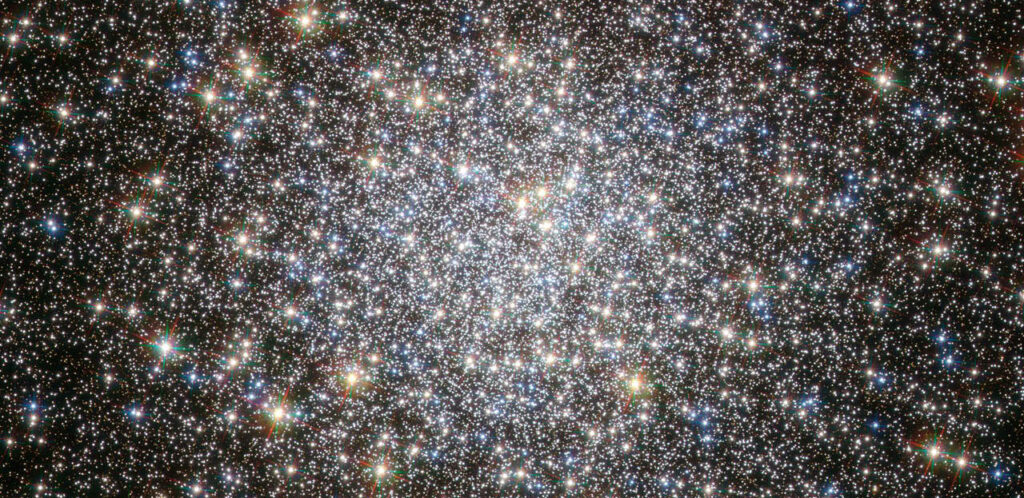Galaxia Espiral de Bootes

NGC 5248 is a barred spiral galaxy located in the constellation of Bootes, at a distance of around 50 million light years visible with amateur instruments and belonging – despite not being close to it – to the Virgo Cluster.1
Nebulosa Ojo de Gato

The Cat’s Eye Nebula (NGC 6543) is a planetary nebula in the constellation Dragon. Structurally it is one of the most complex nebulae known, in which very high resolution images from the Hubble Space Telescope have shown remarkable structures such as knots, jets of matter, bubbles and arc-shaped structures.
It was discovered by William Herschel on February 15, 1786 and it was the first planetary nebula whose spectrum was investigated, this work being carried out by the astronomer William Huggins in 1864.
Cúmulo Globular en Serpent

Messier 5 is a globular cluster in the constellation Serpens, 24,500 light years from Earth. It’s an easy target for beginning astrophotographers looking to capture a beautiful cluster, and it’s one of the largest globular clusters in our Milky Way galaxy.
Messier 5 is not a popular object for astrophotographers, but it is well known among the visual astronomy community as one of the best groups to observe in the entire night sky.
It was discovered by William Herschel on February 15, 1786 and it was the first planetary nebula whose spectrum was investigated, this work being carried out by the astronomer William Huggins in 1864.
The nebula measures approximately 37.0 ‘x 19.0’ and is approximately 1,500 light years distant from Earth. [2] The proper motion of the central star is believed to date back to the Orion Belt area. [2] The nebula is about 5 light years across.


